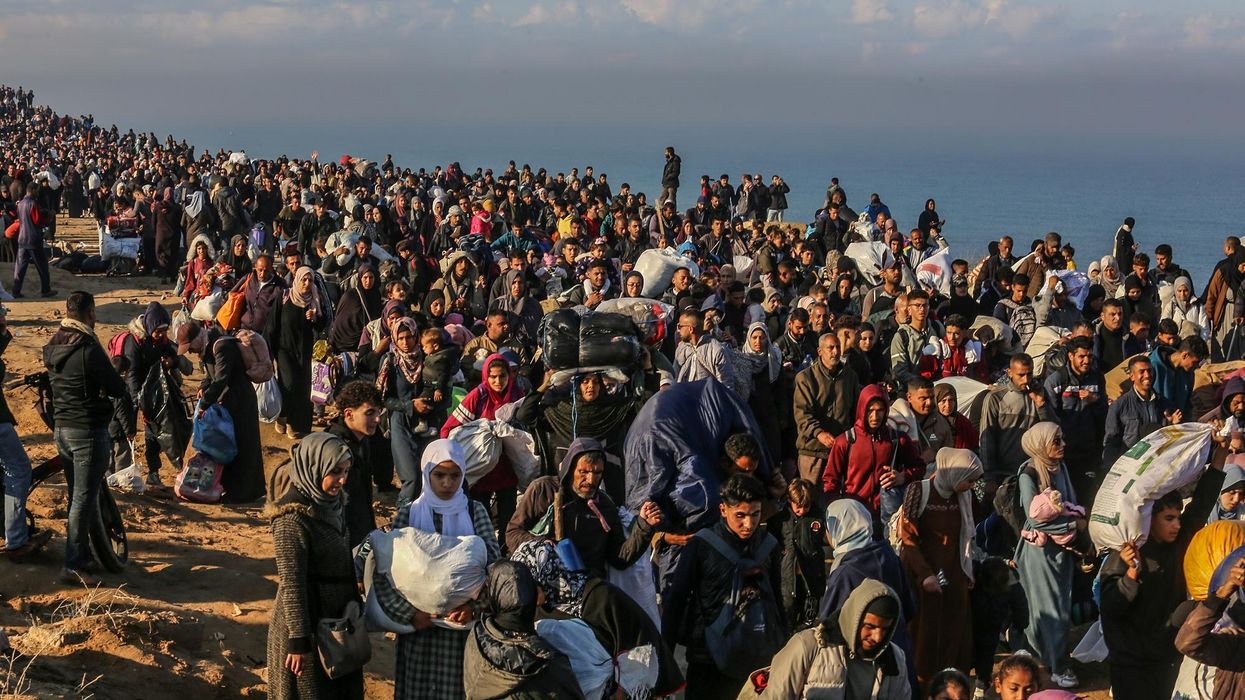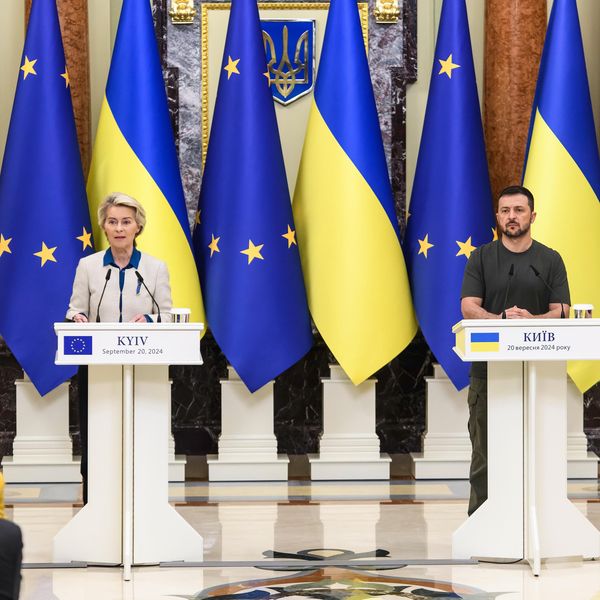Largely unnoticed by the Western public, a disaster is building in South Asia with the potential over the long term to dwarf the global impact of the war in Ukraine.
Average April temperatures in northern India and Pakistan were the highest since records began 122 years ago. Large parts of India and Pakistan faced temperatures exceeding 40°C (104°F), while several cities in Pakistan recorded temperatures just under 50°C (122°F). So high were temperatures that a huge landfill near Delhi spontaneously combusted, adding a pall of toxic smoke to the dire effects of the heatwave on public health.
This is in line with scientists’ predictions concerning the particularly early and powerful effects of climate change on South Asia and the Persian Gulf. A quarter of the world’s population — almost two billion people — live in that region. An ecological catastrophe that destroys states and societies there will have dreadful consequences not just for those people but for the world as a whole, including the United States.
A 2018 report by HSBC puts India in first place among large countries most threatened by climate change, followed by India’s neighbors Pakistan and Bangladesh in second and fourth place respectively. In the longer term, rising sea-levels threaten to destroy low-lying Bangladesh. Much more imminent, however, is the danger to South Asian agriculture if present climate trajectories continue.
According to scientists at the Massachusetts Institute of Technology, at sustained temperatures above 40°C, rice cultivation collapses. For every one degree permanent rise in average temperatures, grain yield declines by around 10 percent. Equally importantly, if very high temperatures are combined with humidity (the so-called “wet-bulb” effect), prolonged work in the open becomes fatal for human beings. Even in western Europe, the heatwave of 2003 killed an estimated 30,000 people. The probable impact on South Asian countries, with their severely limited public health systems, is truly dreadful.
Extreme heat’s harmful effects on humans are not limited to their physical well-being. There is a well established relationship between increased heat and spikes in violence and crime. Heat exposure has been shown to cause significant decreases in cognitive performance, even among young and healthy people, which over the long-term could have far-reaching economic consequences.
Put these factors together, and if climate change continues unchecked, we are facing the prospect of a catastrophic decline in South Asian agriculture, with disastrous prospects for the hundreds of millions of people working in this sector, as well as for South Asian and global food supplies. Exacerbating this are growing water shortages in parts of South Asia due to the overuse of groundwater and the effects of a multi-year drought.
The World Bank predicts that by 2030, climate change will have plunged 62 million Indians into deep poverty, and that by the middle of this century it has the potential to cripple India’s economic growth. This is not some distant prospect in the 22nd century. It is less than three decades from now. The vast majority of Indians alive today will still be alive then.
These developments are also likely to have severe and possibly fatal consequences for India’s political stability. In recent decades, the legitimacy of the Indian state has been largely founded on the promise of improved living standards, and especially on the aspirations of the rising middle classes. The Indian elites meanwhile have dreamed of India becoming a superpower to rival China and the United States. If temperatures continue to rise and the World Bank is correct about their effects, then none of this is going to happen.
The specific impacts this will have on the countries of South Asia are impossible to predict, but it is not hard to surmise that the general result will be catastrophic. Climate change has been called a “threat multiplier,” feeding into existing social and political problems and making them worse — as prolonged drought and increased food prices helped spark the revolution and civil war in Syria.
In India alone, nearly 300 million live in poverty; millions, particularly from rural areas, are displaced. Intra-ethnic tensions and especially chilling discrimination and violence against Muslims are on the rise. Cross-border tensions with neighbors such as Pakistan, Bangladesh, and China remain high. Papers by Joshua Busby and our colleague Sarang Shidore show how climate effects are likely to exacerbate India’s existing domestic security issues including internal migration, local resource conflicts, and urban violence — as well as its long-standing and volatile conflict with Pakistan.
Together, these pressures could lead to state collapse — and even if India were to weather these storms, the collapse of Pakistan and Bangladesh could push it over the brink. Already, India’s border with Bangladesh is the most ferociously policed anti-immigrant frontier in the world, with more than 1,100 Bangladeshis killed trying to cross since 2000. India’s determination to prevent immigration has been increased by the Hindu Nationalist Modi government’s deep hostility to any increase in India’s Muslim population. In recent decades, Bengali migration has helped spark severe ethnic violence in northeastern India and Myanmar.
It is idle to think that the effects of crises on this scale in South Asia (and other vulnerable regions with weak states including West Africa, the Middle East, and Central America) will be confined there. The near-term impact on the West will come mainly in the form of a migration crisis that by many estimates could be orders of magnitude larger than the world has ever seen. Projections of the number of displaced — within their own countries and abroad — range from several hundred million to even 1.2 billion by 2050.
Long before the direct physical effects of climate change on the West become truly disastrous, this indirect impact has the potential to destroy Western liberal democracy. Given the reactions to previous border crises in the United States and the 2015 European migrant crisis, it can reasonably be expected that this will send shockwaves through the developed world. Faced with their own internal problems and political paralysis, the United States and Europe are likely to take a greater turn to anti-democratic chauvinism.
Even a limited possibility of these scenarios unfolding should be absolutely intolerable to leaders and societies around the globe. That these outcomes are widely predicted makes the present course of global politics all the more frustrating and horrifying.
Last week, the Stockholm International Peace Research Institute recorded that global military expenditures in 2021 — before Russia’s invasion of Ukraine — for the first time surpassed $2 trillion. By contrast, the Climate Policy Initiative estimated a total of $632 billion devoted to climate finance in 2020. This figure is dwarfed both by military spending and by prior IPCC estimates that the world must invest $2.4 trillion annually in the energy system alone until 2035 to stay below the target of 1.5°C of global warming.
To arm for future conflict without attempting seriously to reduce a fundamental driver of future conflict is profoundly illogical.
If the challenge of climate change is to be met, the climate peril must be properly understood both as exceeding that of traditional military threats and as contributing to them. If the trends reflected in the Indian heatwave continue, will our descendants a century from now really think that we got our security priorities right?
















